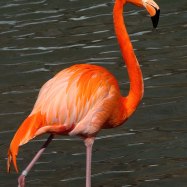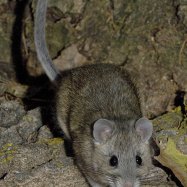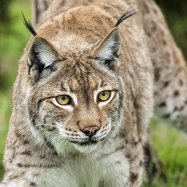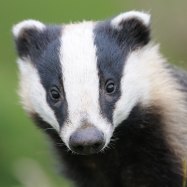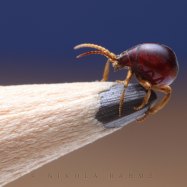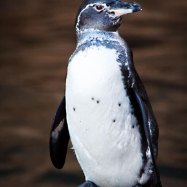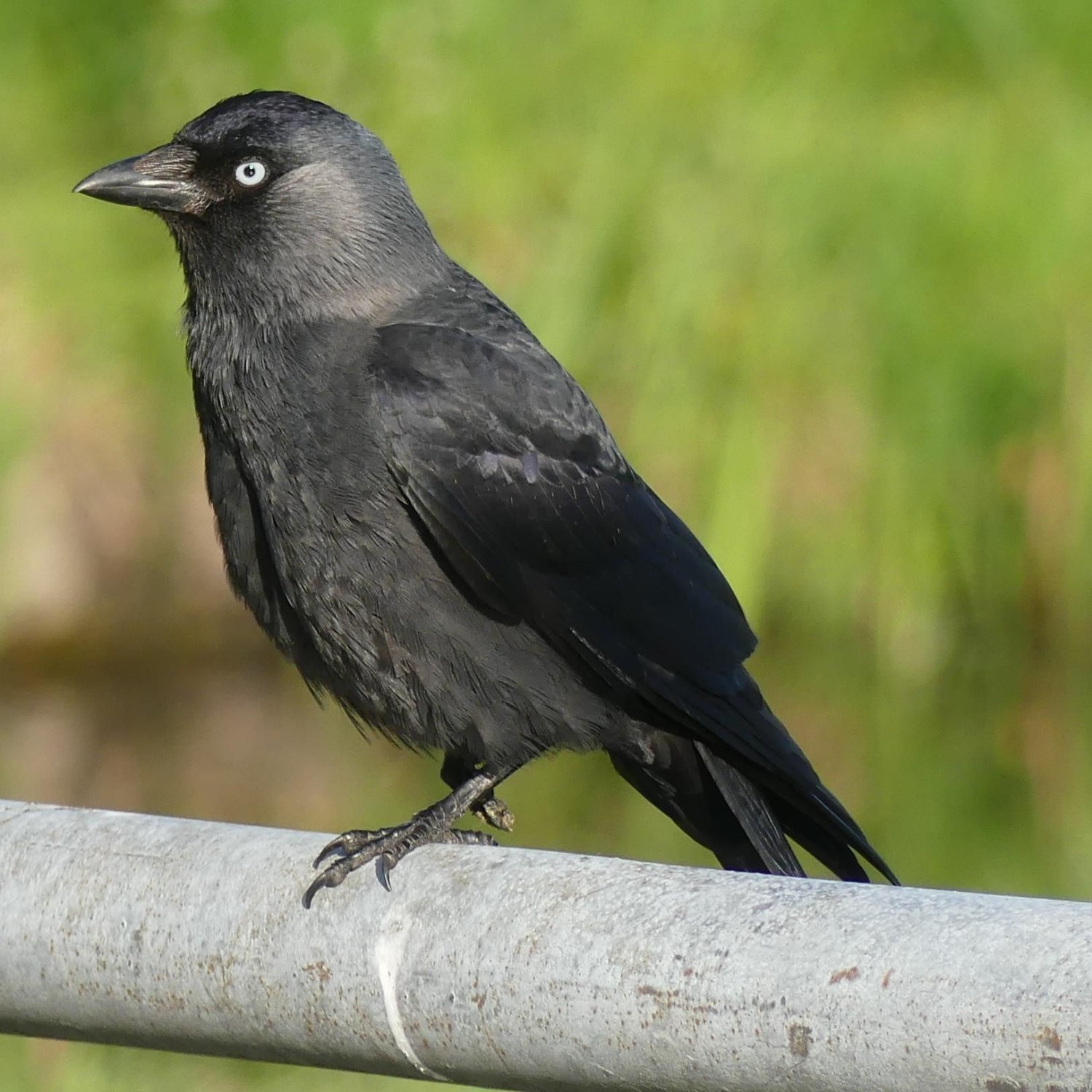
Jackdaw
34-39 cm
The Jackdaw, a small and compact member of the Corvidae family, measuring 34-39 cm in length, can be found in various regions around the world. Known for their intelligence and social behaviors, these birds are often seen and heard in urban areas, making for enjoyable encounters with nature. Keep an eye out for these feathered friends on your next walk! #Jackdaw #Corvidae #Birdwatching.
Animal Details Summary:
Common Name: Jackdaw
Kingdom: Animalia
Habitat: Woodland, farmland, urban areas
The Jackdaw: A Creative and Clever Corvid
The jackdaw, scientifically known as Corvus monedula, is a small and compact bird that belongs to the family of corvids. These birds can be found in various regions of Europe, Asia, and North Africa, making it a diverse and widespread species. From its creative and curious nature to its resourceful and intelligent behavior, the jackdaw is a unique and fascinating creature worth learning about.Appearance and Habitat
The jackdaw is a small bird, measuring about 34-39 cm in length and weighing between 200-250g Jackdaw. These birds have a distinctive appearance with their entirely black feathers, short and stout beak, and brilliant blue eyes. Their feathers are glossy and shiny, giving them a sleek and elegant look.These birds can be found in a variety of habitats, including woodlands, farmlands, and even urban areas. They are adaptable and can thrive in different environments, making them a common sight in many regions. Depending on the season, jackdaws can be seen perching on tree branches or searching for food in fields and gardens.
Behavior and Diet
Jackdaws are highly social birds and are often seen nesting in colonies of up to hundreds of pairs. They are incredibly clever and curious birds, known for their problem-solving abilities and resourceful behavior. These birds have been observed using tools to obtain food and even mimicking the calls of other birds to deceive predators.As omnivores, jackdaws have a diverse diet, including insects, small invertebrates, fruits, seeds, and even carrion Jagdterrier. These birds are also known for their fondness for shiny objects, often collecting and hoarding them in their nests.
Evolution and Adaptations
The jackdaw has evolved over time, adapting to the changing environments and conditions. Their short and stout beak is perfectly adapted for cracking open nuts and seeds, while their agile and nimble feet allow them to climb and forage in trees. Their glossy feathers protect them from harsh weather conditions, making them resilient and hardy birds.Country of Origin and Distribution
The jackdaw is a species of bird that is found in multiple countries, mainly in Europe, Asia, and North Africa. They have a vast geographical distribution, with different populations residing in various regions. In Europe, jackdaws can be found in countries such as the United Kingdom, Ireland, France, and Germany. In Asia, they can be seen in countries like Russia, China, and Japan. In North Africa, they can be found mainly in Morocco, Algeria, and Tunisia.Role in Ecosystem
The jackdaw plays a crucial role in the ecosystem, especially in controlling insect populations. These birds are active hunters and can eradicate large numbers of insect pests, making them beneficial to farmers and gardeners. As scavengers, they also help in the decomposition process by consuming carrion and keeping the environment clean.Threats and Conservation
Like many other bird species, the jackdaw is facing threats and challenges that put its survival at risk. Habitat loss due to urbanization and agricultural development is one of the major threats to these birds' populations. These birds are also vulnerable to the use of pesticides and pollutants, which can contaminate their food sources and harm their health.Despite these challenges, there are ongoing efforts to protect and conserve jackdaws, primarily through the creation of protected areas and conservation programs. In many countries, jackdaws are also protected under laws and regulations that prohibit their capture and killing.
The Jackdaw in Folklore and Culture
The jackdaw has been a subject of fascination in folklore and culture, being featured in many myths, legends, and stories. In Greek mythology, the jackdaw is often associated with the god Apollo, representing wisdom, curiosity, and intelligence. In many cultures, these birds are also seen as symbols of adaptability and resourcefulness.In literature, the jackdaw has been referenced in various works, including famous poets such as William Wordsworth and Edgar Allan Poe. In popular culture, these birds have been featured in movies, songs, and even video games, further cementing their place in our cultural consciousness.
Conclusion
In conclusion, the jackdaw is a fascinating and creative bird, often overshadowed by its more famous corvid cousins like crows and ravens. However, these birds have numerous unique traits and behaviors that make them stand out in the natural world. From their intelligence and resourcefulness to their diverse diet and widespread distribution, the jackdaw continues to intrigue scientists and bird enthusiasts alike. As we continue to learn more about these amazing creatures, let us also strive to protect and conserve their populations, ensuring that they remain a part of our rich natural heritage for generations to come.

Jackdaw
Animal Details Jackdaw - Scientific Name: Corvus monedula
- Category: Animals J
- Scientific Name: Corvus monedula
- Common Name: Jackdaw
- Kingdom: Animalia
- Phylum: Chordata
- Class: Aves
- Order: Passeriformes
- Family: Corvidae
- Habitat: Woodland, farmland, urban areas
- Feeding Method: Omnivorous
- Geographical Distribution: Europe, Asia, North Africa
- Country of Origin: Multiple countries
- Location: Varies depending on the region
- Animal Coloration: Black
- Body Shape: Small and compact
- Length: 34-39 cm
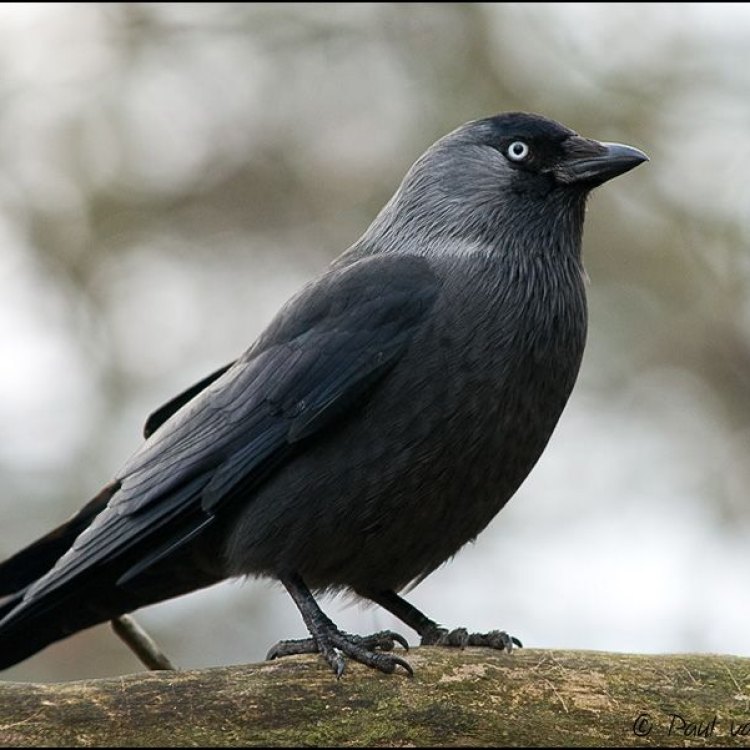
Jackdaw
- Adult Size: Small
- Average Lifespan: 8-17 years
- Reproduction: Nesting
- Reproductive Behavior: Monogamous
- Sound or Call: Squawking and chattering
- Migration Pattern: Partially migratory
- Social Groups: In colonies
- Behavior: Intelligent, curious, opportunistic
- Threats: Habitat loss, persecution
- Conservation Status: Least Concern
- Impact on Ecosystem: Seed dispersal
- Human Use: None
- Distinctive Features: Grey nape, pale eyes
- Interesting Facts: They are known for collecting shiny objects
- Predator: Large birds of prey, mammals
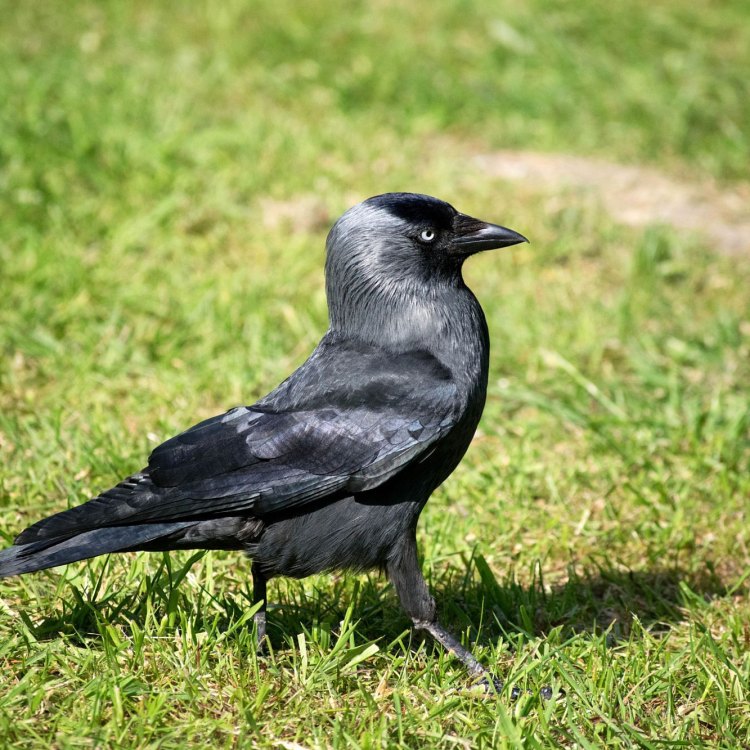
Corvus monedula
The Clever Jackdaw: A Small Yet Mighty Bird with Unique Traits and Behaviors
Nature is a wondrous thing, filled with an incredible array of creatures big and small. However, sometimes it's the smallest animals that leave the biggest impact. In this case, it's the clever and curious little bird known as the Jackdaw.The Jackdaw, scientific name Corvus monedula, is a member of the crow family, also known as the Corvidae family PeaceOfAnimals.Com. This bird is widespread and can be found in various parts of Europe, Asia, and North Africa. They have also been introduced in parts of North America, where they have thrived and adapted to new environments.
Jackdaws are small in size, about 14-18 inches long, with a wingspan of about 27-31 inches. They have a distinct grey nape and pale eyes, making them easily recognizable. They are often mistaken for crows or rooks due to their similar appearance, but if you look closely, you'll notice their distinctive features.
Adult Jackdaws have a lifespan of 8-17 years, which is relatively short compared to other birds in the Corvidae family. However, in the wild, they face various threats that can significantly impact their survival.
One of the unique reproductive behaviors of Jackdaws is their monogamous nature. They form strong pair bonds and stay with their mates for life, only seeking a new partner if their mate dies Jackal. This reproductive behavior is common among other birds in the Corvidae family and helps ensure the survival of the species.
Like most birds, Jackdaws reproduce by nesting, where the female lays eggs and the male helps in incubation and feeding the young. Jackdaws often nest in colonies, with several pairs sharing the same nesting site. It's a fascinating behavior to witness, as these small birds work together to raise their young, creating a sense of community within the colony.
Aside from their unique reproductive behavior, Jackdaws are also known for their loud and distinct calls. They are social birds and use their calls as a way to communicate with each other and establish their territories. Their squawking and chattering may seem chaotic, but it's an essential part of their social structure and serves as a warning to potential threats.
To survive and thrive, Jackdaws have also adapted to various behaviors that make them stand out among other birds. They are intelligent and have been observed using tools to obtain food. They are also curious, often exploring their surroundings and looking for potential food sources. Their opportunistic nature allows them to thrive in different environments, making them highly adaptable.
One of the most interesting facts about Jackdaws is their love for collecting shiny objects. This behavior is so distinct that they have earned the nickname "thieves of the crow world." They are attracted to shiny, colorful objects, and will often take them back to their nests, displaying them as a form of decoration. This behavior is not just for fun; it also serves as a way for them to recognize their nest among the colony.
Jackdaws are partially migratory birds, meaning that while some individuals migrate, others do not. They have a unique migration pattern, where some individuals move to different areas depending on their food sources and climate. This behavior enables them to survive throughout the year and adapt to changes in their surroundings.
Like most animals, Jackdaws also face threats to their survival. One of the greatest threats they face is habitat loss due to human activities. The destruction of natural habitats, such as woodland and farmland, has significantly impacted their numbers. Additionally, they are often persecuted by humans due to misconceptions and negative stereotypes surrounding crows and other members of the Corvidae family.
Despite these threats, the IUCN Red List of Threatened Species lists Jackdaws as a species of least concern. This is due to their wide distribution and adaptable nature. However, conservation efforts are essential to protect and preserve their populations in the wild.
Apart from being a vital part of our ecosystems, Jackdaws also have a significant impact on the environment. They play a crucial role in seed dispersal, as they eat various seeds and spread them to different locations, helping with plant propagation and diversity.
Unlike other birds in the Corvidae family, Jackdaws do not have significant human uses. They are not kept as pets nor used for hunting or in any other human activity. However, they have captured the interest and curiosity of many bird watchers and nature enthusiasts, who admire their unique behaviors and traits.
In the wild, Jackdaws have a few predators, with large birds of prey and mammals being their most significant threat. They have evolved to be wary and use their intelligence to avoid potential predators. They also rely on their strong sense of community within the colony to protect themselves and their young.
In conclusion, Jackdaws may be small in size, but they are mighty in their abilities and behaviors. They have evolved and adapted to survive and thrive despite facing various threats. Their unique traits and behaviors make them an intriguing and essential part of our natural world. As humans, it's our responsibility to understand and appreciate the role they play in our ecosystems and work towards preserving their populations for future generations to come.
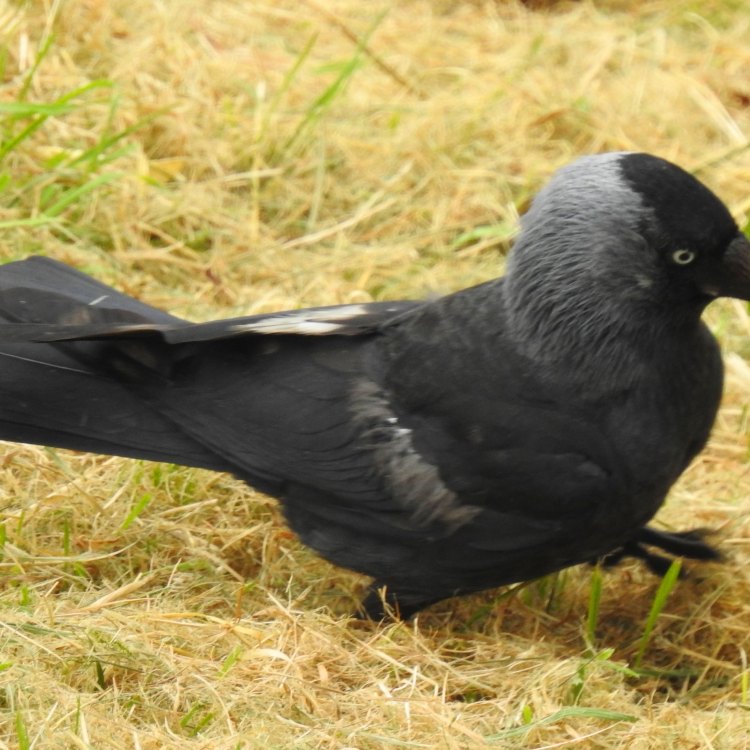
The Jackdaw: A Creative and Clever Corvid
Disclaimer: The content provided is for informational purposes only. We cannot guarantee the accuracy of the information on this page 100%. All information provided here may change without prior notice.

